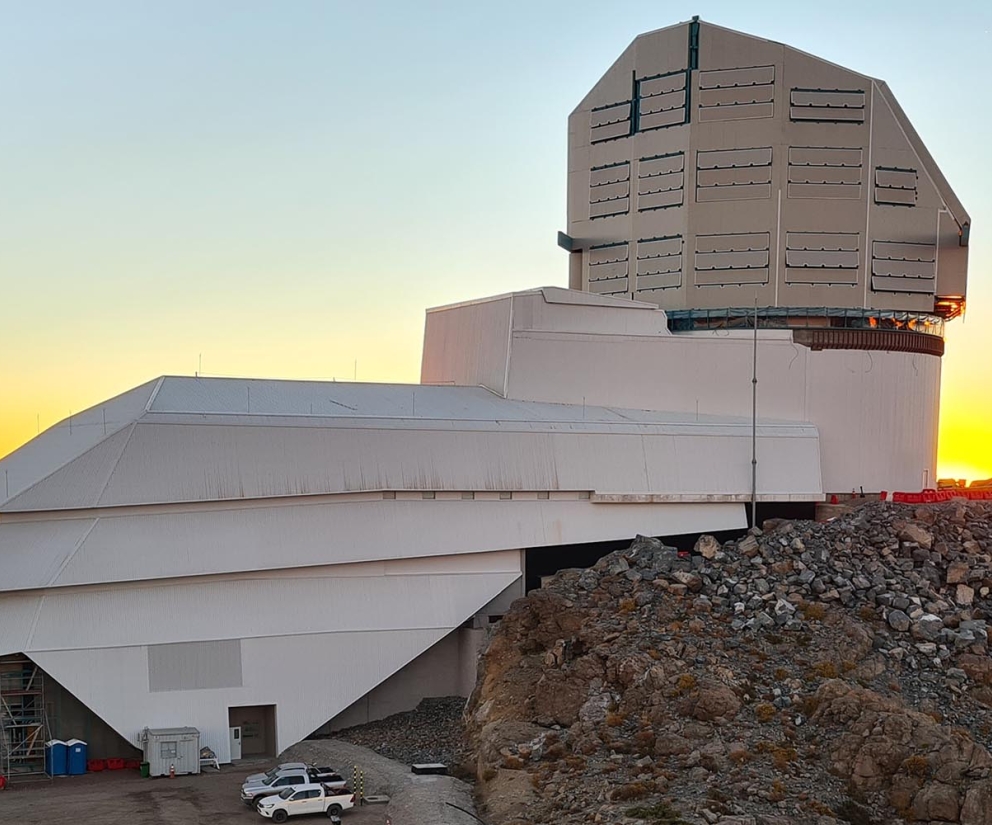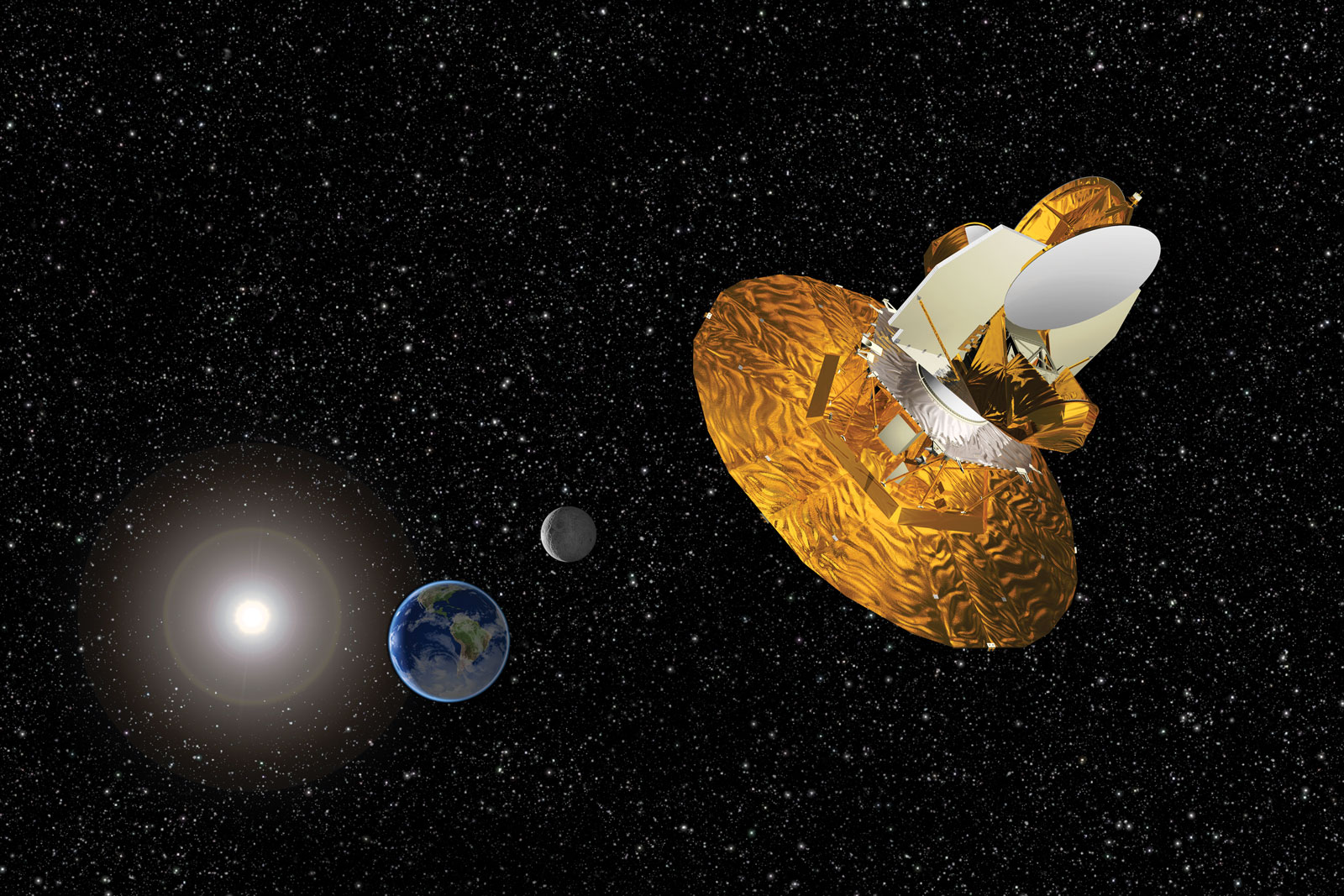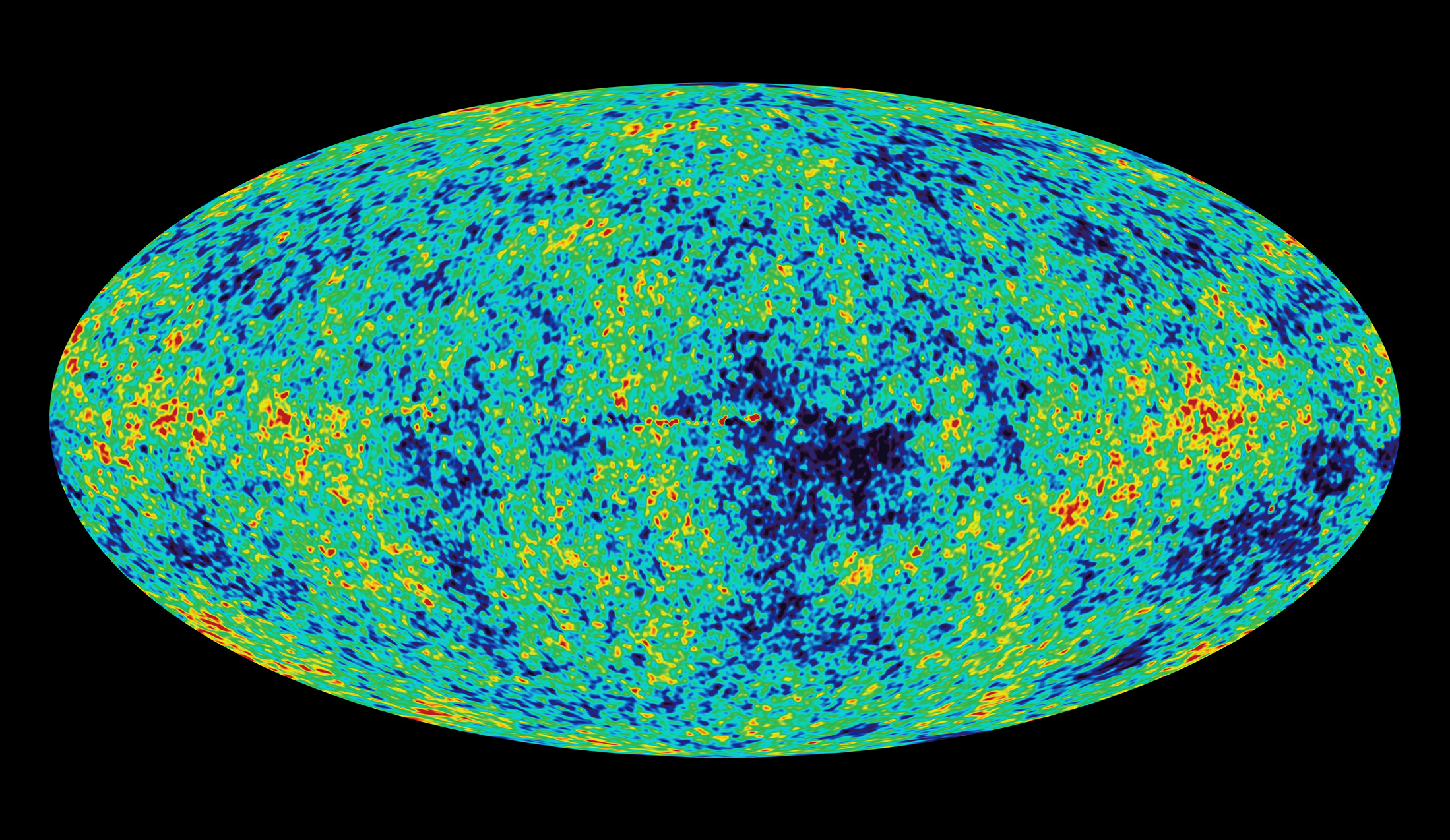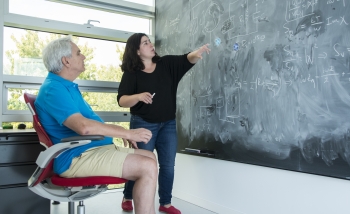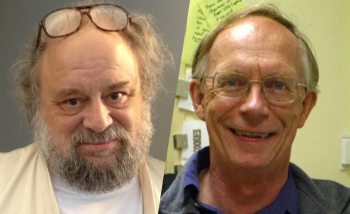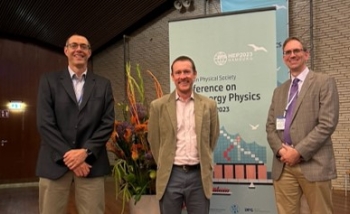WMAP awarded Gruber Prize
WMAP's observations and analyses of ancient cosmic light have provided rigorous measurements of the age, content, geometry, and primordial structure of the universe that are without precedent.
In honouring the WMAP team and its lead scientist, Charles Bennett, the prize citation noted that their results helped transform cosmology itself from "appealing scenario into precise science."
Perimeter Director Neil Turok said, "WMAP has had a transformative impact on the field of cosmology. It provided strong confirmation of our basic picture of the universe and added unprecedented precision. It is the benchmark for almost every other cosmological measurement and sets a very high bar for future experiments."
WMAP used a space-based detector to measure the most ancient light in the universe, called the cosmic microwave background (CMB) radiation. According to the big bang theory, the early universe was a hot, dense plasma — a fog of both charged and uncharged particles. That fog cooled as it expanded, and when the universe was only 378,000 years old, the fog lifted: electrons were captured by protons and other atomic nuclei, forming neutral hydrogen and other atoms. The universe became transparent and light was able to travel through it freely for the first time. The cosmic microwave background is the relic of that ancient light — a "snapshot" of the very early universe. The CMB radiation is a faint, nearly uniform glow suffusing all of space — but it is not quite uniform. The small variations in it are due to small variations in the density of the early fog. Denser regions eventually clumped together under gravity to become galaxies, galactic clusters, and even superclusters. WMAP's detailed measurements of the CMB have shown the following, among other things, about our universe:
- It is within one percent of 13.75 billion years old.
- It consists of 22.7 percent dark matter, 72.8 percent dark energy, and just 4.6 percent ordinary matter.
- It has a flat geometry, to within 0.6 percent.
So precise are these findings that WMAP's version of the universe is now commonly known as the Standard Cosmological Model. The WMAP science team stopped gathering data in August 2010 and its final data analysis will be released in late 2012. Perimeter congratulates Dr. Bennett, Dr. Smith, and the rest of the WMAP team.
Further exploration
About PI
Perimeter Institute is the world’s largest research hub devoted to theoretical physics. The independent Institute was founded in 1999 to foster breakthroughs in the fundamental understanding of our universe, from the smallest particles to the entire cosmos. Research at Perimeter is motivated by the understanding that fundamental science advances human knowledge and catalyzes innovation, and that today’s theoretical physics is tomorrow’s technology. Located in the Region of Waterloo, the not-for-profit Institute is a unique public-private endeavour, including the Governments of Ontario and Canada, that enables cutting-edge research, trains the next generation of scientific pioneers, and shares the power of physics through award-winning educational outreach and public engagement.

